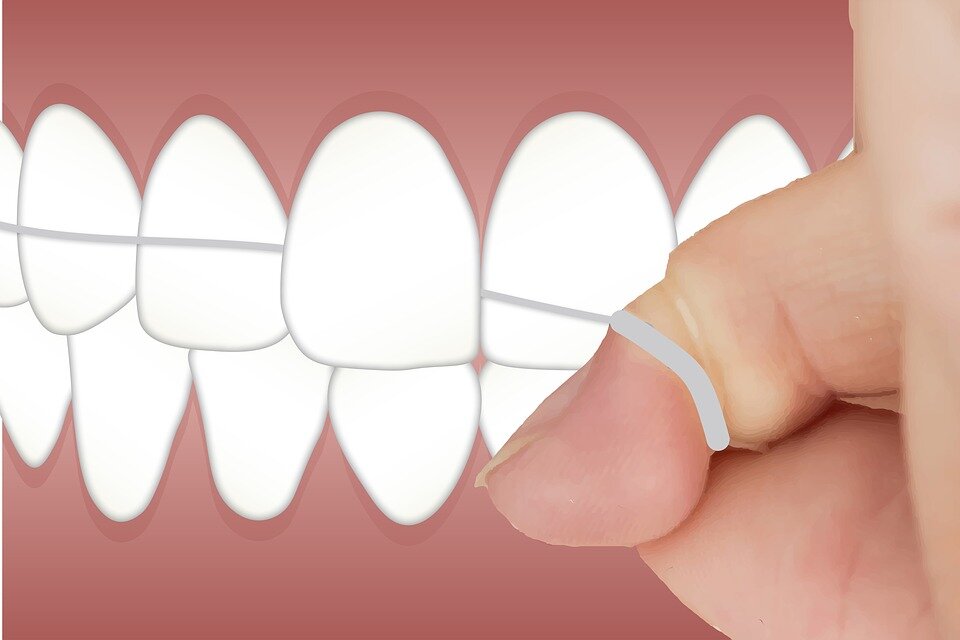If you require multiple tooth replacements, all-on-4 dental implants may be an option because the cost of dental implants for a complete mouth repair might be prohibitively expensive, as they need fewer implants in the jaw than traditional techniques. All-on-4 implants are less costly than a full set of dental implants.
In this blog, we have covered some common queries on all-on-4 dental implants, which includes:
What exactly does it entail?
Are you safe to use this sort of implant?
Are you looking for an All-on-4 dentist in your area?
Is there any way to reduce the price?
What is the difference between dentures and implants?
Each Jaw Might Get As Little As Four Implants.
Using standard procedures, a full mouth of implants would require 8-10 implants per jaw, but the All-on-4 approach requires four. Due to decreased bone density, the upper jaw may require five or six implants
Rear Implants That Are Angular For Maximum Strength
Rather than putting them vertically, experts place the back implants at a 30-45 degree inclination. Because of this angle, patients who have had bone loss are now eligible for All-on-4 outwardly; otherwise, they might have to go for an expensive and time-consuming process of a bone graft.
The Possibility To Have A Device Inserted And Installed In A Single Day
You don't have to wait till your dental implants with all-on-four crowns have recovered completely before getting your replacement teeth. This last feature of this process provides the moniker's teeth, "smile in a day,' or same-day teeth. It is a significant advancement over standard implant operations, which may take up to six months to complete and need substantial recuperation time at each stage.
Pros Of The All-On-Four Method
All-on-4 dental implants have several advantages over traditional dental implants and dentures. These are some of them:
Treatment and recovery time are both short.
Implants can be put on the same day as the extraction.
A comfortable and stable framework supports crowns.
No need to remove it for cleaning because it's already in place.
Don't fall out or slip.
Patients with jaw bone loss may benefit from this treatment.
Traditional methods, which utilize 8-10 implants, are more expensive.
Cons Of The All-On-Four Method
All-on-4 implants, of course, won't have their own set of issues:
Spitting or hissing is difficult for some people.
Some don't regard it as a "shortcut" to properly replacing teeth.
There isn't a fully customized solution available.
A single implant failure might result in issues throughout the jaw.
In your mouth, the implant gum bridge may appear thick.
Dentures vs. All-on-4
All on 4 implants are frequently known as "All-on-4 Implants ." That's possible because detachable dentures, which comprise a gum-colored acrylic base and teeth made of resin or porcelain, are the usual approach to replacing a whole jaw of teeth. Dentures are made to match the gums aloft and are held in place by suction or dental glue.
Dentures That Should Not Require Any Adhesive.
However, because there are no teeth to hold the dentures in place, the supporting bone decreases with time, causing them to become loose. Removable dentures suit the patient's mouth perfectly. The prime denture includes the roof of the mouth, while the bottom denture is shaped like a horseshoe to accommodate the tongue. They must be taken for cleaning, which generally occurs overnight (thus the bedside cliche of fake teeth in a glass).
All-on-4 implants, on the other hand, are set in place and should function similarly to natural teeth in terms of look, chewing, and comfort. After placing All-on-4 implants, there is no chance of falling out of position while the wearer is talking or eating. The prosthetic teeth are attached to a synthetic gum that only covers a tiny portion of the actual gum instead of dentures. When you grin, the joint is concealed far enough beneath the lips that it isn't apparent. Dentures are less expensive than implants but change every five years at best.
Regular Implants Vs. All-on-4 Implants
A mix of only one implant and dental augmentation bridges is the traditional approach to replace a whole jaw of teeth. Both procedures require drilling sockets in the jaw bone, while All-on-4 uses more miniature implants. It makes the procedure for the patient faster, easier, and more pleasant. It can also be significantly less expensive due to the decrease in time and resources needed. Aside from the decreased cost, All-on-4 has the advantage of shorter treatment duration.
Surgical
Your dentist or oral surgeon will nearly positively offer a sedative to help you relax throughout the operation. They will then anesthetize you so that you will not feel any discomfort. If you want general anesthesia for your All-on-4 procedure, discuss it with your dentist at your initial appointment.
Final Notes
Clean the mouth carefully after removing any remaining teeth to eliminate any damaged tissue and germs. To hold the front implantation in place, the dentist drills two or more holes at the front of your jaw. Two rear holes, one on each side, are slanted to support the bridge's back. They rewash your mouth after setting the implants. Dentists frequently employ dissolvable sutures, which dissolve after a week or two. It fits your new teeth the same day or the next day. At this point, some dentists will build a temporary overdenture, replacing it a few months later. It is composed mainly of resin, a lighter but less durable substance that relieves strain on your All-on-4 implants while they recover.






